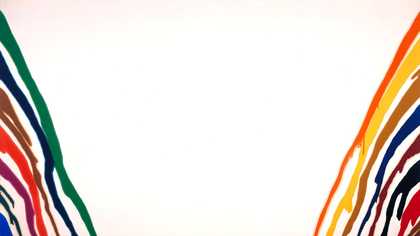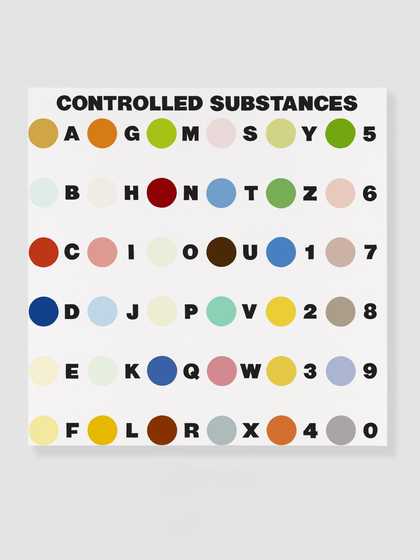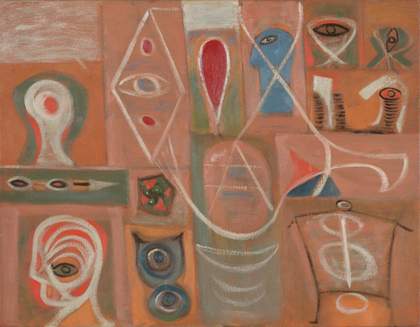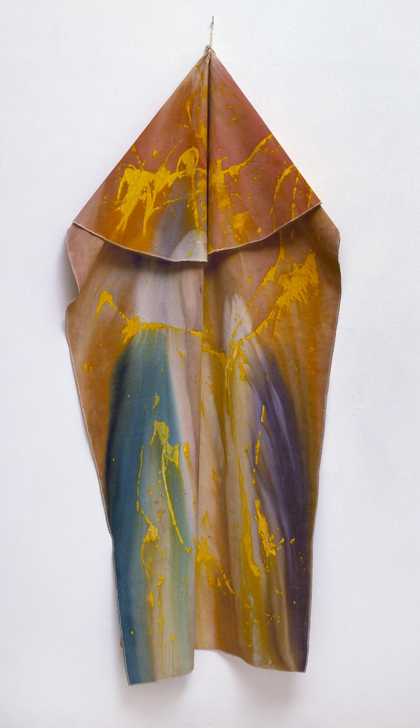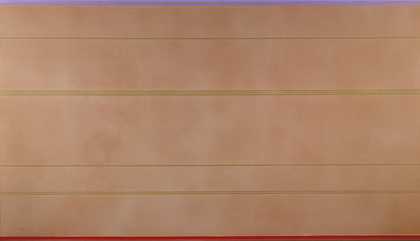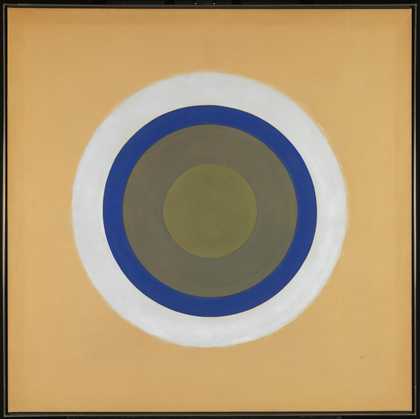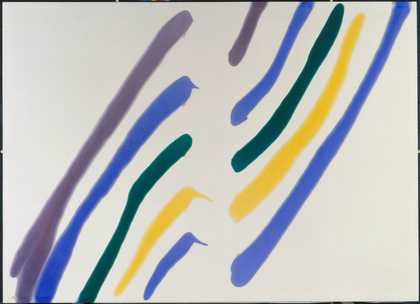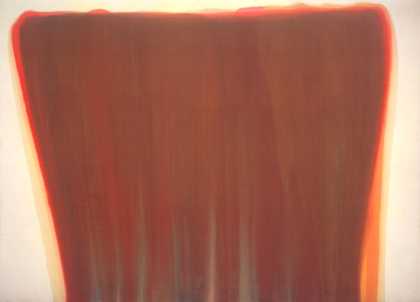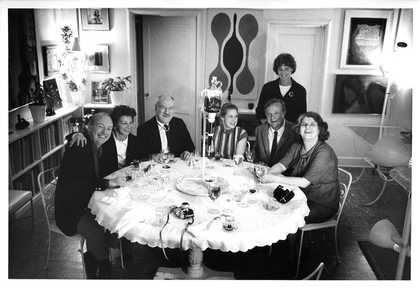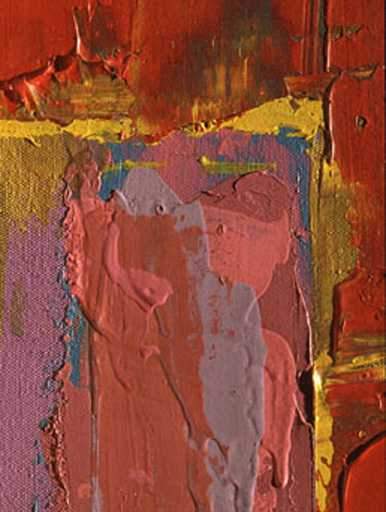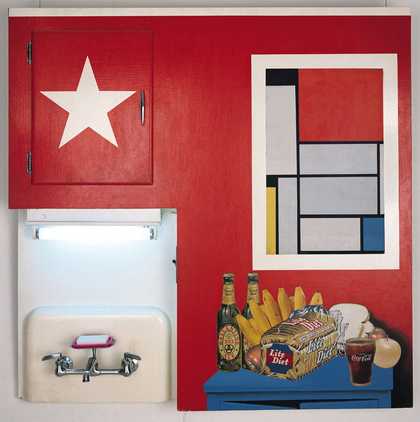The Washington Color School was founded in response to the abstract expressionism of the New York school. An exhibition of their paintings in 1965 at the Washington Gallery of Modern Art cemented their reputation for creating paintings that disregarded structure for colour. Many of the artists used acrylic paint on raw canvas, which led to the description hard edge painting.
Artists associated with Washington color school include Sam Gilliam, Morris Louis, Kenneth Noland, and Alma Thomas.

